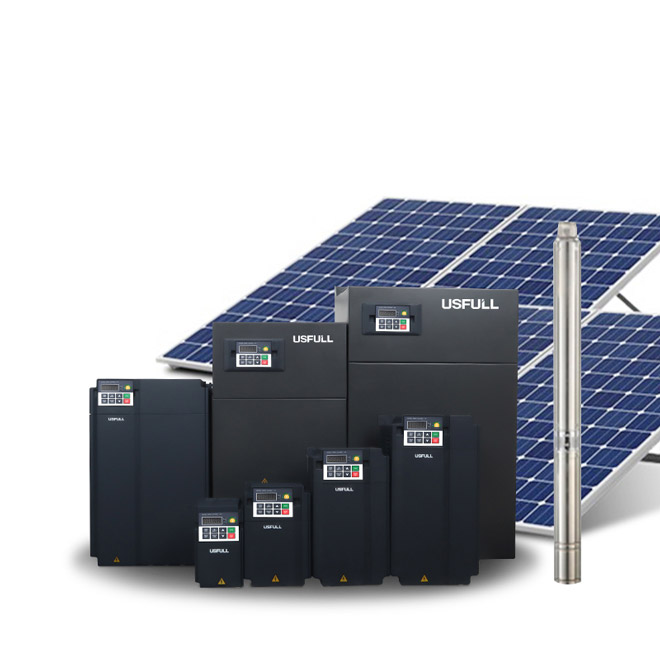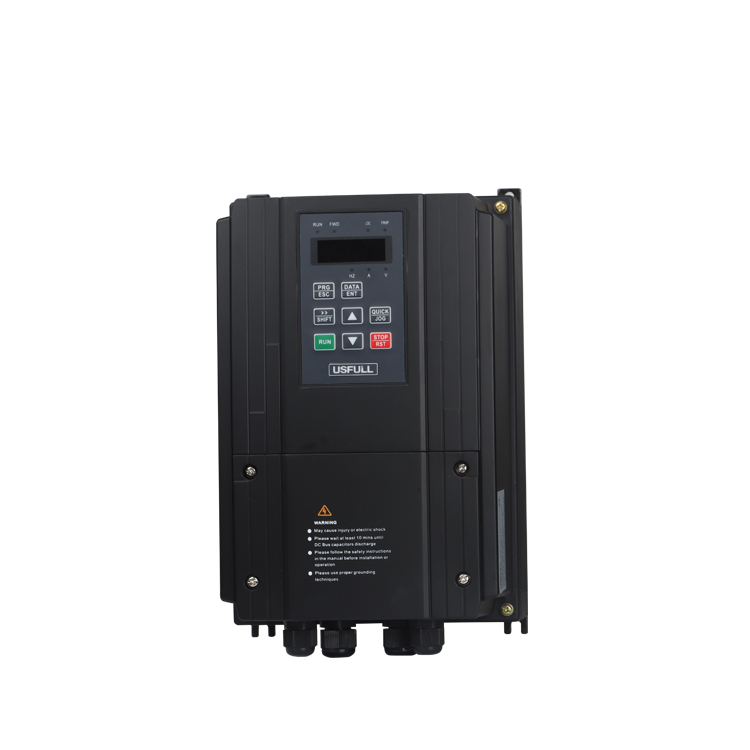Netz für 100 % erneuerbare Energien erschwinglich, sicher und "von der Stange": Studie
Australien kann ein erschwingliches und sicheres Stromnetz mit 100 Prozent erneuerbarer Energie aufbauen, indem es bestehende Technologien nutzt, so eine Studie der Australian National University (ANU).
Wie würde es also funktionieren?
In der Studie werden Pläne für ein emissionsfreies Netz vorgestellt, das auf Wind- und Solartechnologie basiert und durch Pumpspeicherwerke unterstützt wird.
Es könnte mit kostengünstigen, derzeit verfügbaren Produkten von der Stange" eingerichtet werden und den Bedarf an Kohle- und Gaskraftwerken überflüssig machen.
Derzeit stammen zwei Drittel des australischen Stroms aus Kohlekraftwerken. Da diese jedoch altern und geschlossen werden - wie Hazelwood in Victoria im nächsten Monat - muss ein zuverlässiger Ersatz für die Grundlastkapazität gefunden werden.
Erschwinglich, zuverlässig, aber für manche schwer zu schlucken
Professor Andrew Blakers von der ANU sagte, dass Wind- und Solarenergie diesen Ersatz darstellen können, mit der Unterstützung von außerhalb des Flusses gepumpter Wasserkraft, bei der Reservoirs in verschiedenen Höhenlagen zur Speicherung und Erzeugung von Strom genutzt werden können.
Professor Blakers ist der Hauptautor der Studie, die zu dem Ergebnis kommt, dass Australien durch die Nutzung von Sonnen- und Windenergie, unterstützt durch gepumpte Wasserkraft, über ein kostengünstiges, stabiles und emissionsfreies Netz verfügen kann.
Wie viel würde das kosten?
Ausgehend von den derzeitigen Preisen würden die Kosten laut Professor Blakers von $93 pro Megawattstunde im Jahr 2016 auf $75 pro Megawattstunde in den 2020er Jahren sinken.
"Photovoltaik und Windkraft sind heute billiger als Gas und Kohle und werden im nächsten Jahrzehnt noch viel billiger werden", sagte Professor Blakers.
"Die Zuverlässigkeit ist gegeben, denn wir haben das australische Stromnetz sehr sorgfältig Stunde für Stunde analysiert und sind zu dem Ergebnis gekommen, dass mit einer bescheidenen Menge an Speicherkapazitäten und einem Ausbau der Verbindungsleitungen innerhalb der Bundesstaaten die gesamte Stabilität mit allem mithalten kann, was Kohle und Gas liefern können.
Wer unterstützt sie?
Der Plan hat starke Unterstützung - die regierungseigene Agentur für erneuerbare Energien hat $450.000 für die Forschung zur Verfügung gestellt.
Dylan McConnell vom Climate and Energy College der Universität Melbourne sagte, Australien müsse akzeptieren, dass dies die Energiesysteme der Zukunft seien.
"Das Konzept der Grundlast ist im Grunde genommen ein veraltetes Konzept - wir brauchen Technologien, die unseren Bedarf bedarfsgerecht decken können", sagte McConnell.



